Strawberry Moon 2024: Why is it special, and when will it happen?
- Published
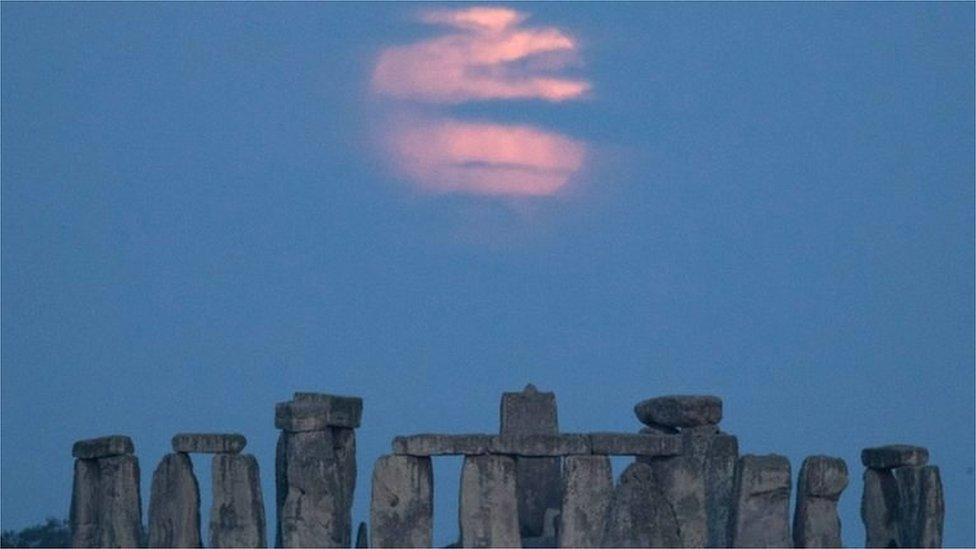
Sturgeon Moons, Worm Moons, Blue Moons, Harvest Moons - each month the full moon has a different name.
This month it's the turn of the Strawberry Moon, which is named after the fruit that can be harvested this time of year. It happens on 21 June, but it'll be most visible on 22 June.
The Strawberry Moon is also known as the Rose Moon or the Honey Moon.
In many cultures, including Native American tribes, people named the full moons throughout the year as a way to keep track of time.
Why do full moons have different names and what do they mean? Read on to find out.
Why do monthly full moons have names?
WATCH: BBC expert explains why we see the Moon differently throughout the year
Throughout history people have used the Moon and the light it reflects, for different tasks such as hunting, planting and harvesting.
Cultures across the world give these full moons different names to describe what was happening in the month.
The modern calendar no longer follows the Moon's phases exactly, so sometimes there's more than one full moon a month, which is known as a Blue Moon.
Why not use our Moon calendar below to find the name for your birth month's full moon?
What are their names and what do they mean?
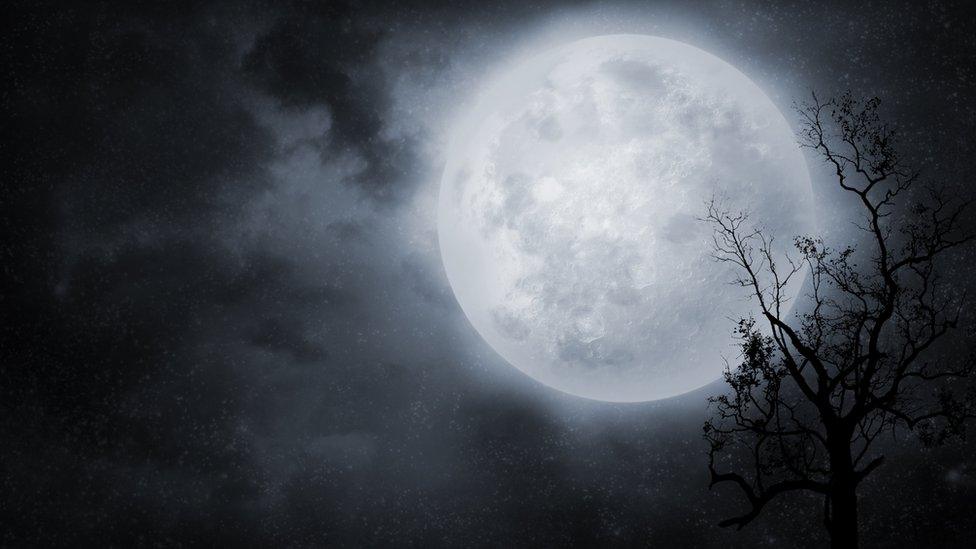
January: Wolf Moon
Native Americans and Medieval Europeans called January's full moon a Wolf Moon, it's thought to be because wolves howled more at this time of year as there was less food.
February: Snow Moon
The snowy weather of February in North America led to the name Snow Moon. Other common names include Storm Moon and Hunger Moon.
March: Worm Moon
The Worm Moon appears in March at the end of winter when little creatures like worms begin squirming out of the ground. It's also called Milk Moon.
April: Pink Moon
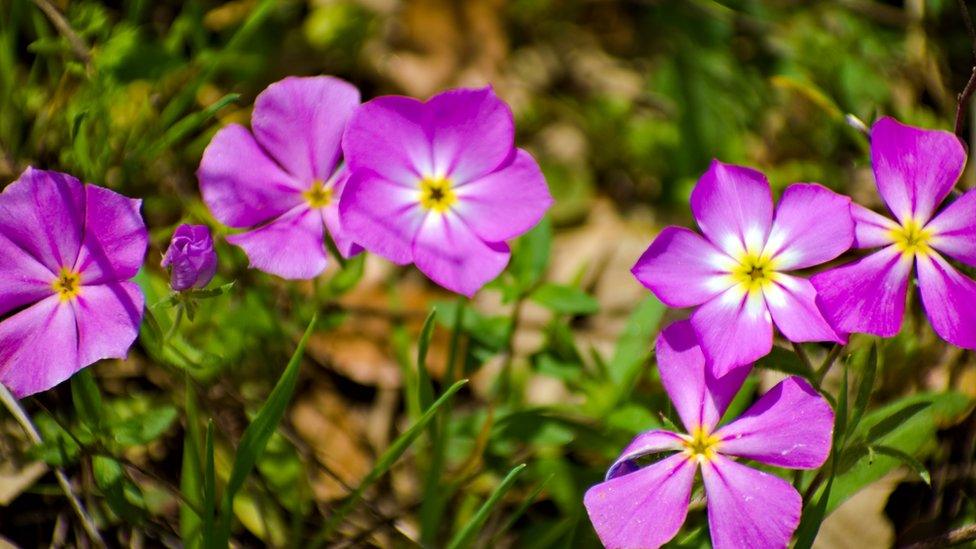
Pink Moon was named after phlox flowers
Disappointingly, the Pink Moon isn't actually pink. It's named by native Americans after pink flowers called wild ground phlox that bloom in early spring and appear throughout the United States and Canada.
It is also called Egg Moon and Fish Moon in other cultures.
May: Flower Moon
May's flowers are the reason for this month's name.
Other names include the Hare Moon, the Corn Planting Moon, and the Milk Moon.
June: Strawberry Moon
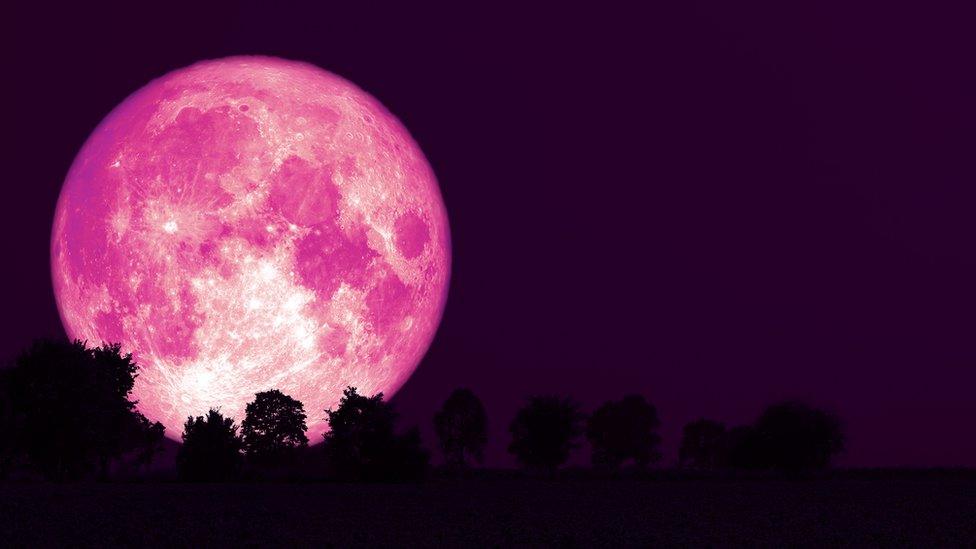
June's Strawberry Moon
Native American Algonquin tribes named this Moon the Strawberry Moon. This is because they would harvest strawberries at this time.
It's also called the Honey Moon, Rose Moon and Mead Moon.
July: Buck Moon
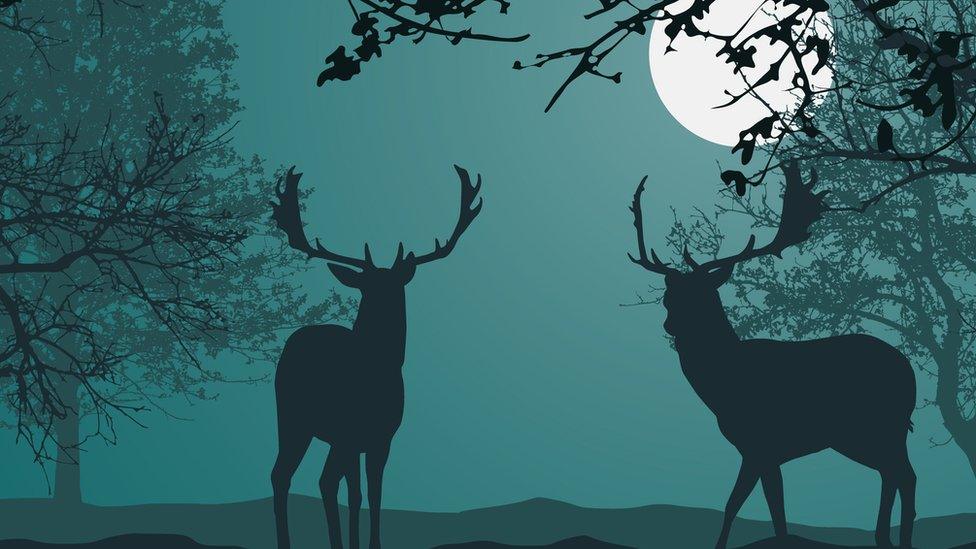
The Buck Moon is in July and is sometimes known as the Thunder Moon
This is the time when a buck, a male deer, grows its full antlers. This moon is also called Thunder Moon after the summer thunder storms.
August: Sturgeon Moon
People in North America caught sturgeon, a type of fish, around this time.
It is sometimes known as a Grain Moon or Green Corn Moon or Black Cherries Moon in some cultures.
September: Corn Moon
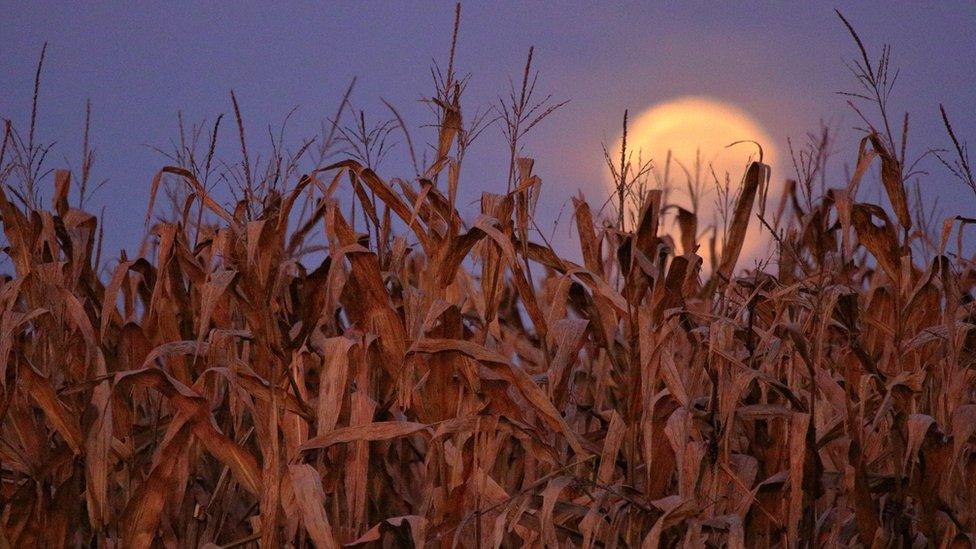
If it is the nearest full moon to the autumnal equinox it is called the Harvest Moon instead.
September's full moon is probably called Corn Moon because that's when crops are gathered at the end of the summer season.
At this time, the Moon appears particularly bright allowing farmers to continue harvesting into the night.
October: Hunter's Moon
This is the time when people would plan for the winter months and hunt animals for food.
Like September's full moon it is sometimes called the Harvest Moon.
In 2020 October's first full moon was a Harvest Moon and the second a Blue Moon.
November: Beaver Moon
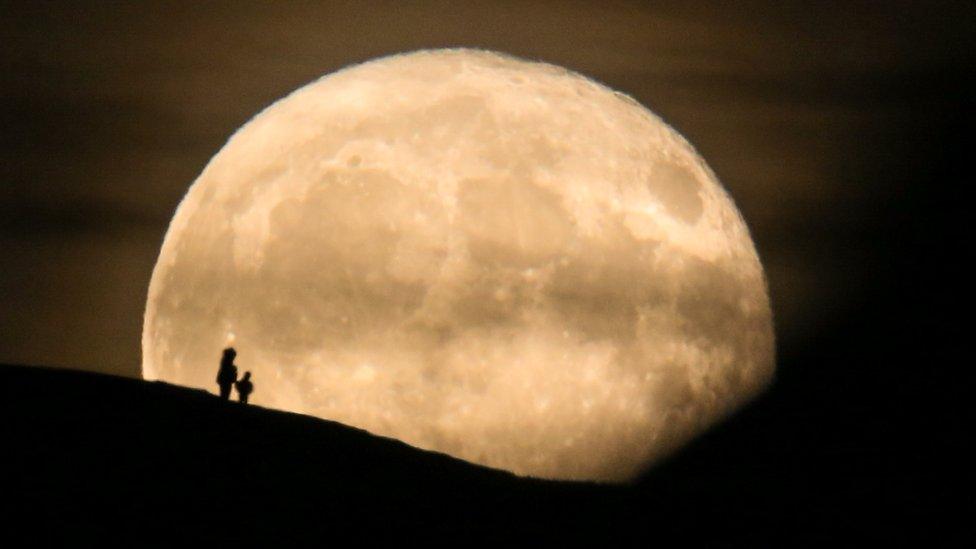
A full November Beaver Moon rising above the top of Glastonbury Tor
Beavers often start building their dams about this time which is where it got its name.
It is also sometimes called Frost Moon.
December: Cold Moon
The winter chill gave December's full moon the name Cold Moon.
Other names include the Long Night Moon and the Oak Moon.
- Published7 April 2021
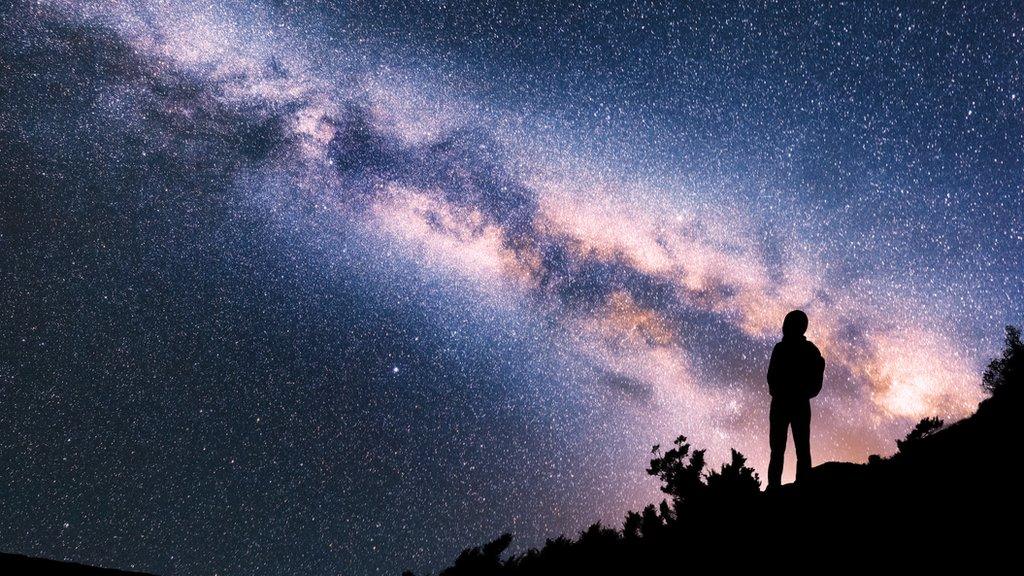
- Published27 April 2020
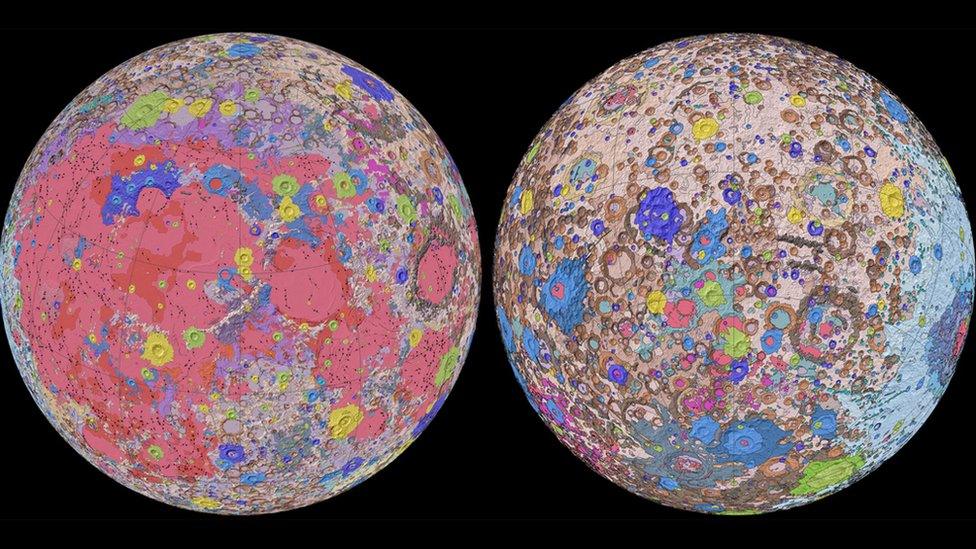
- Published16 April 2022
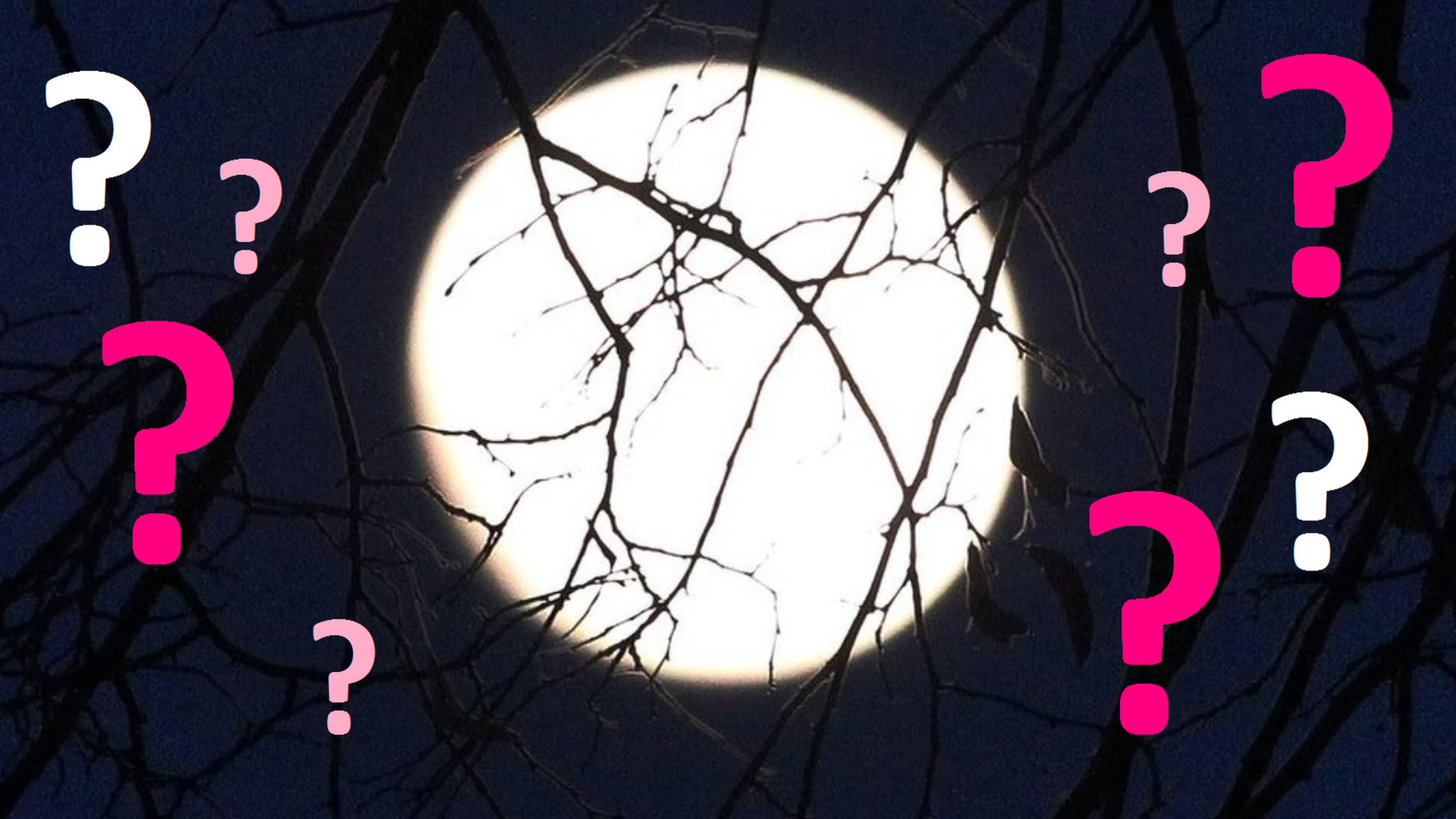
- Published28 March 2021
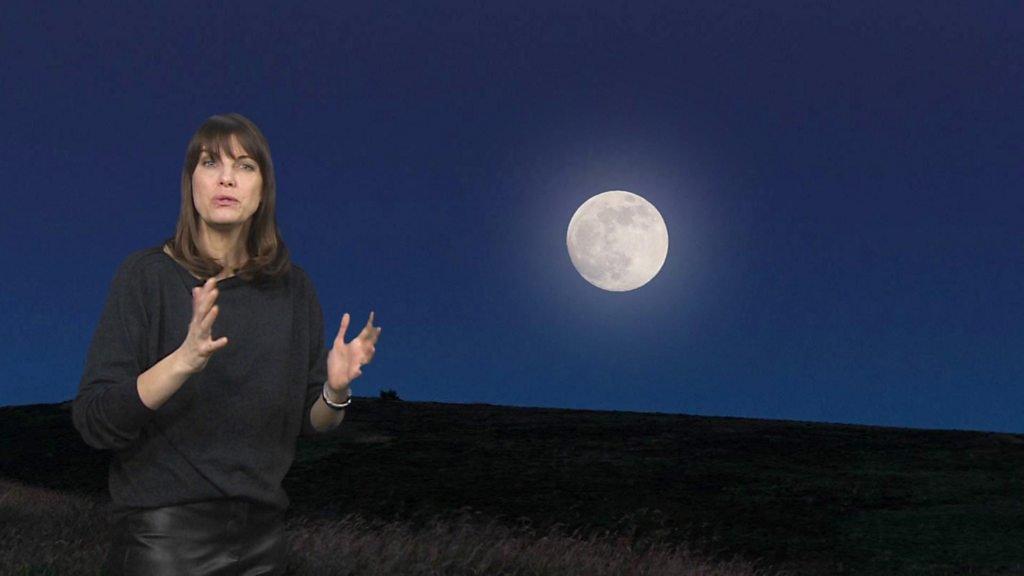
- Published11 February 2017
- Published30 January 2018
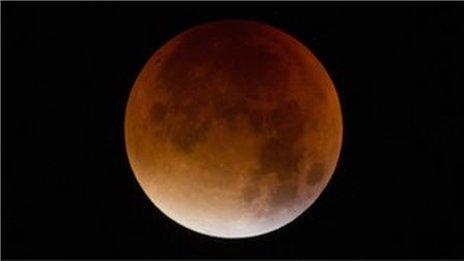
- Published15 June 2021
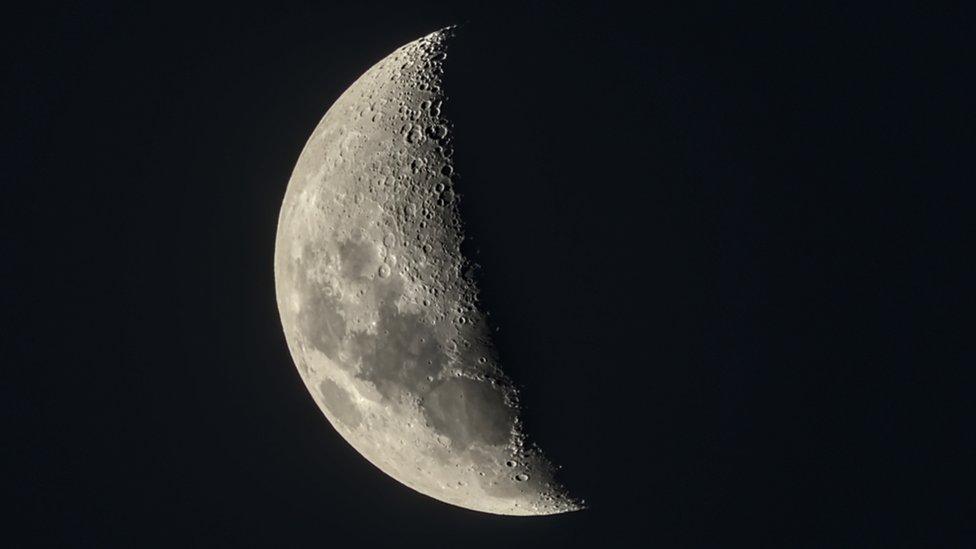
- Published17 June 2021

